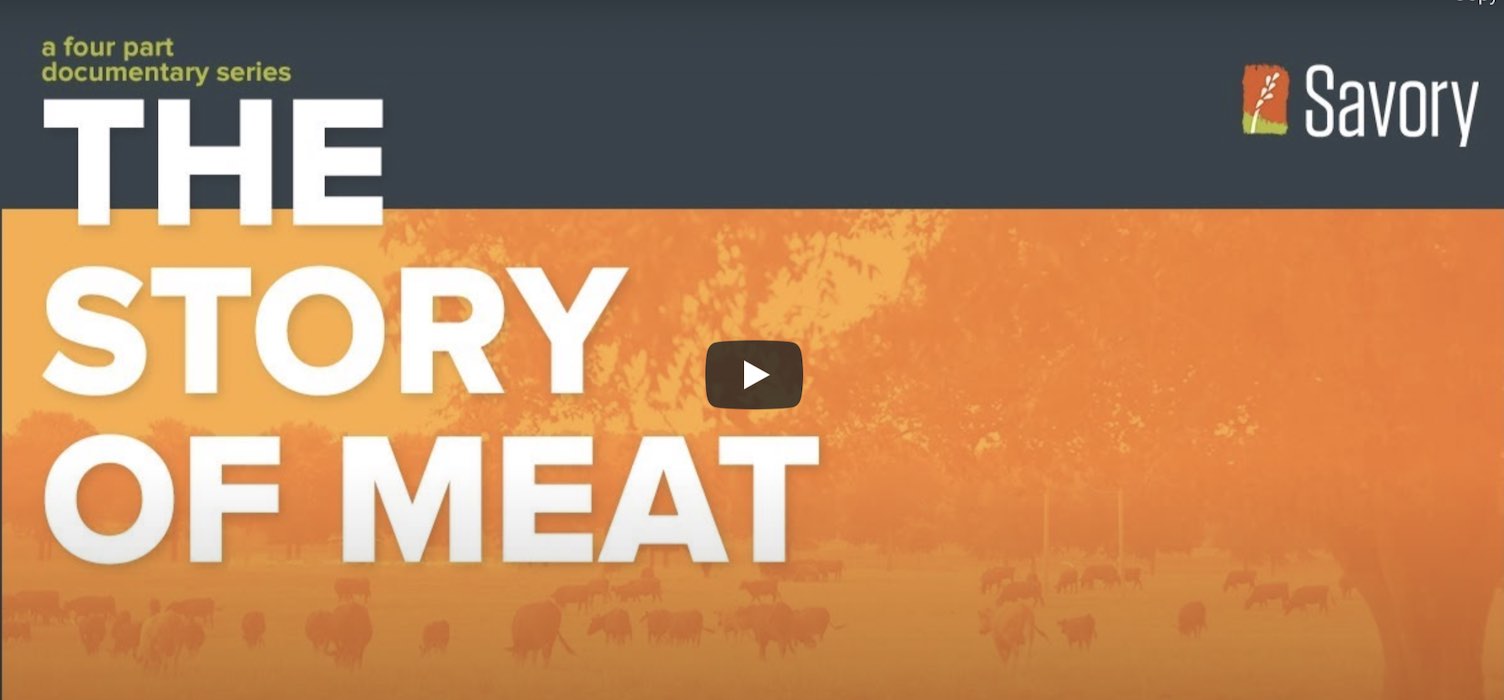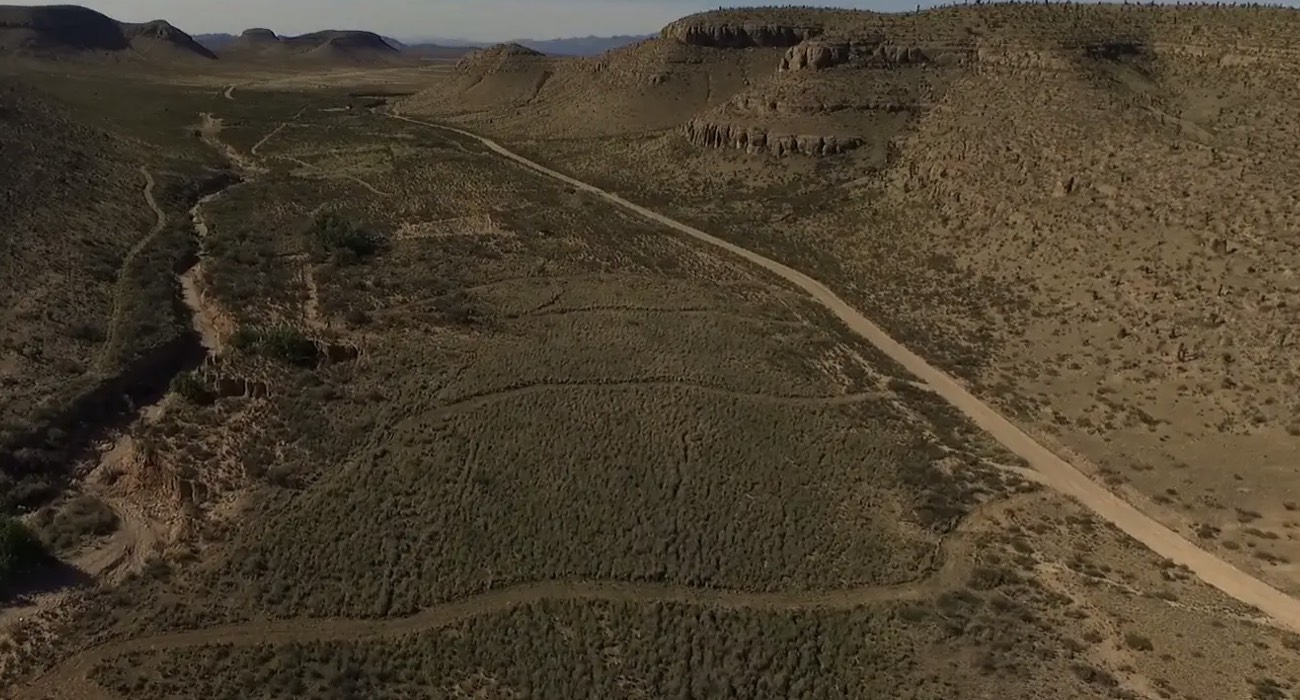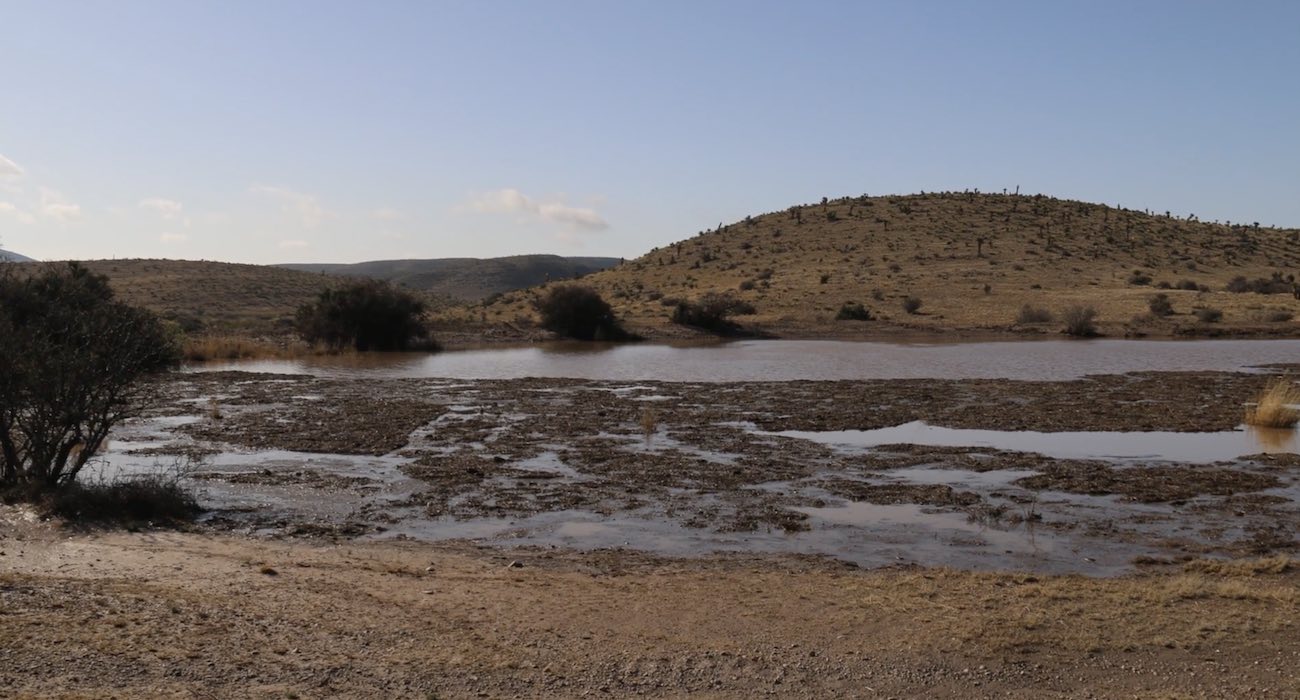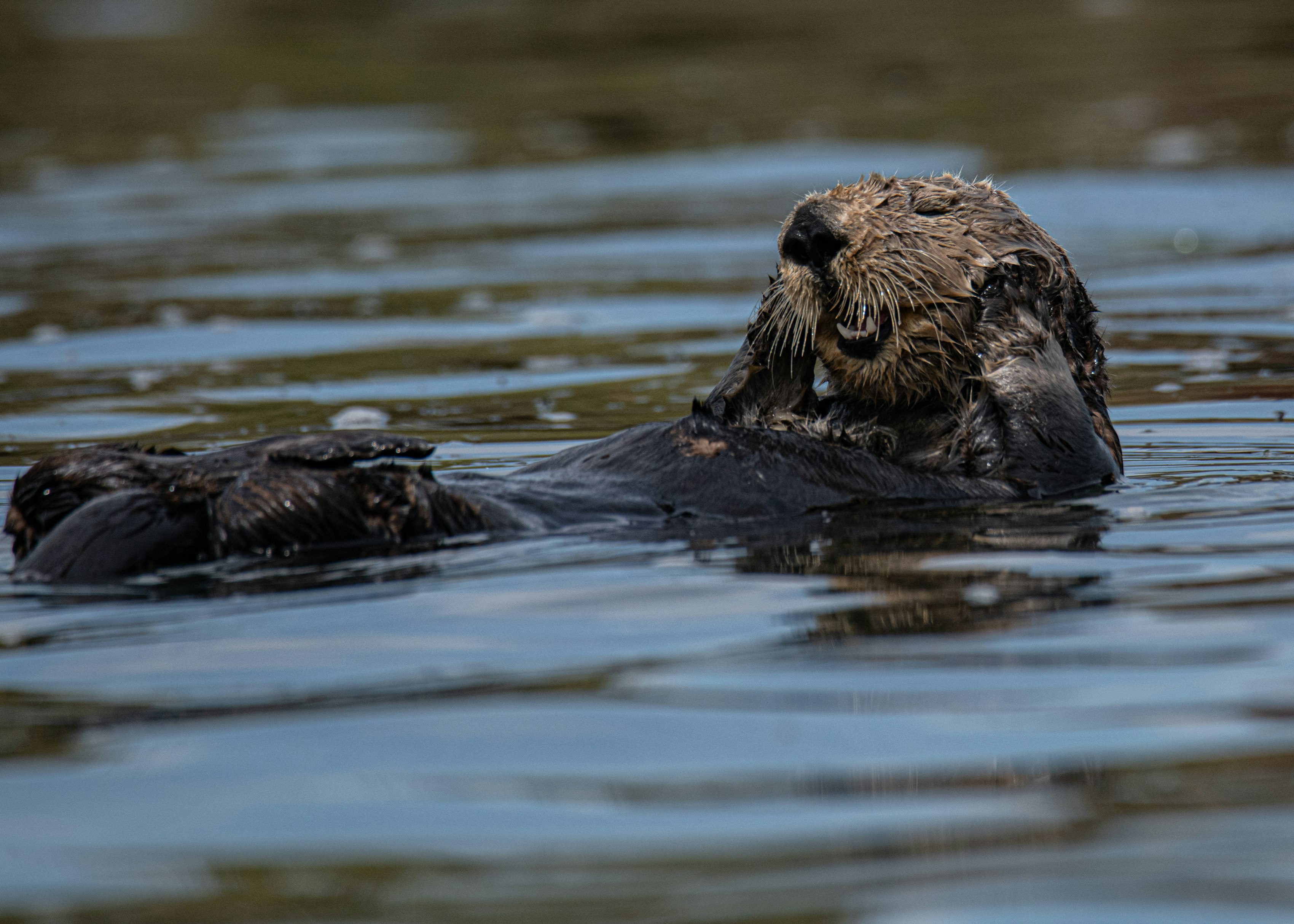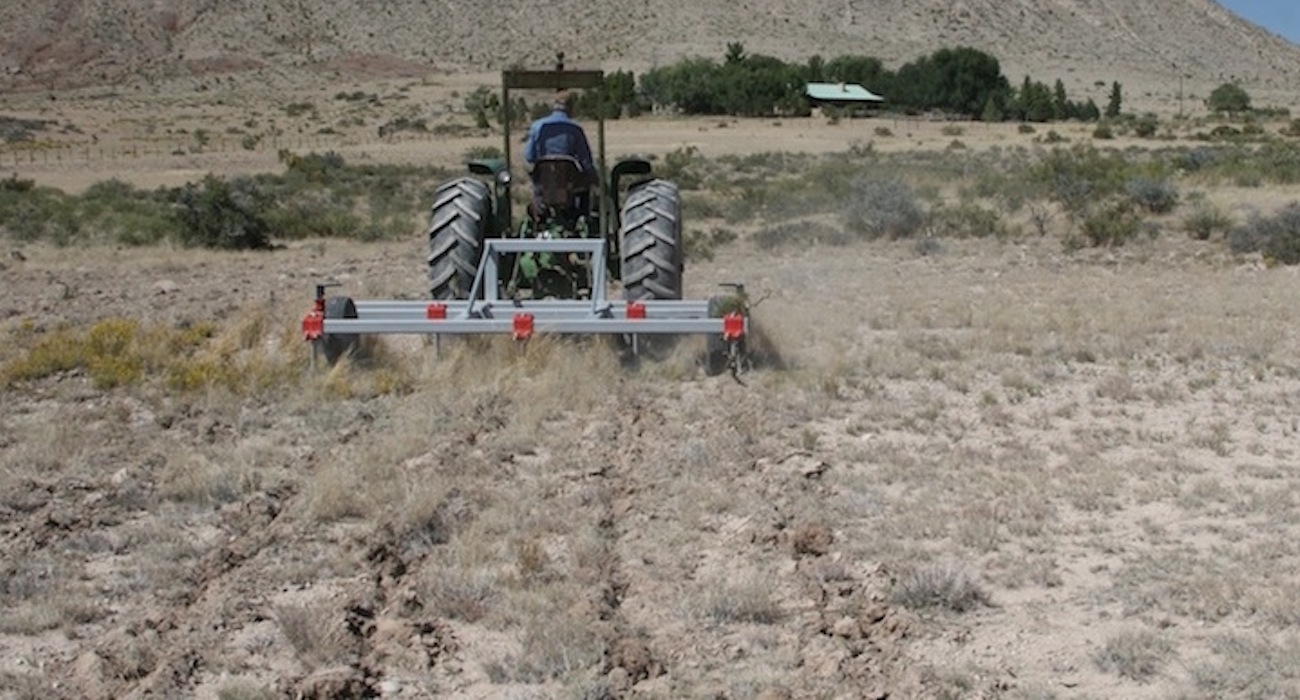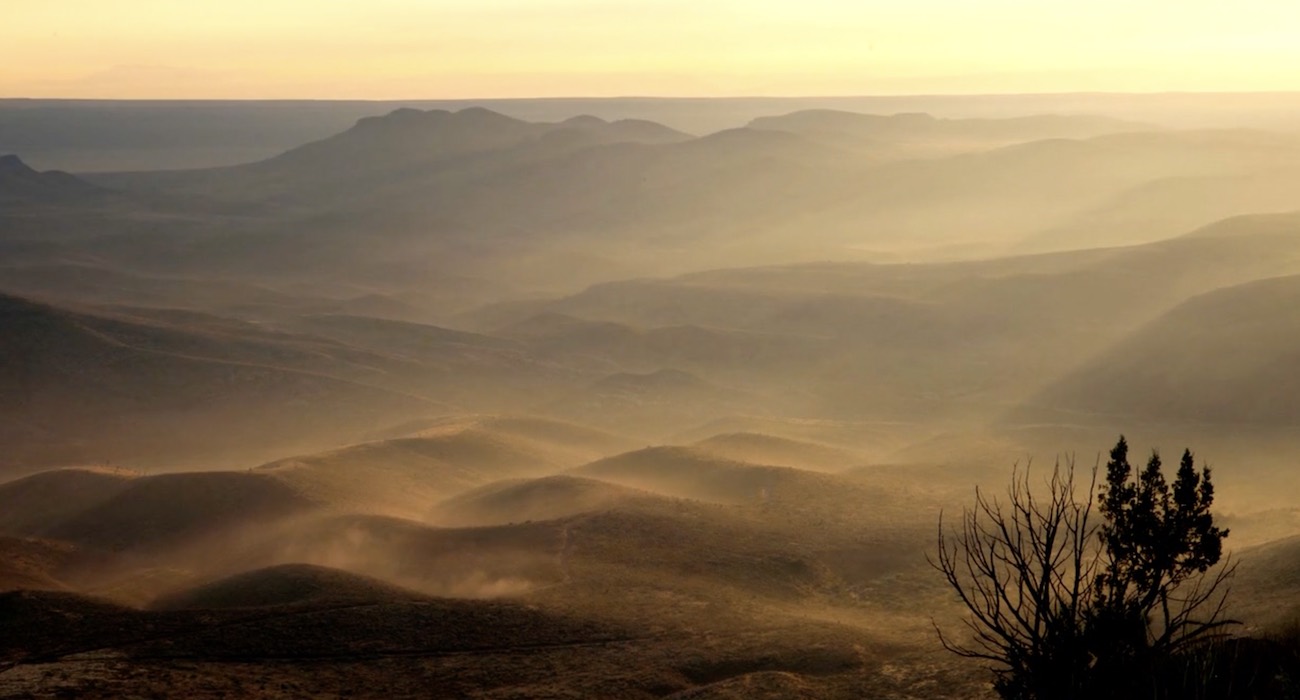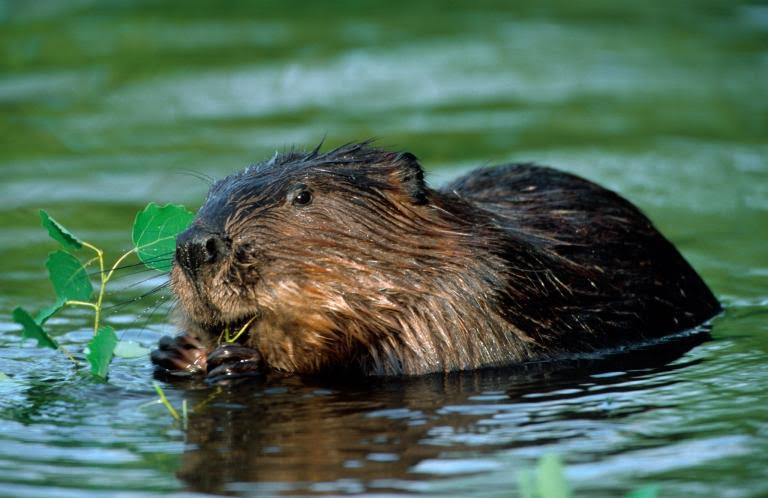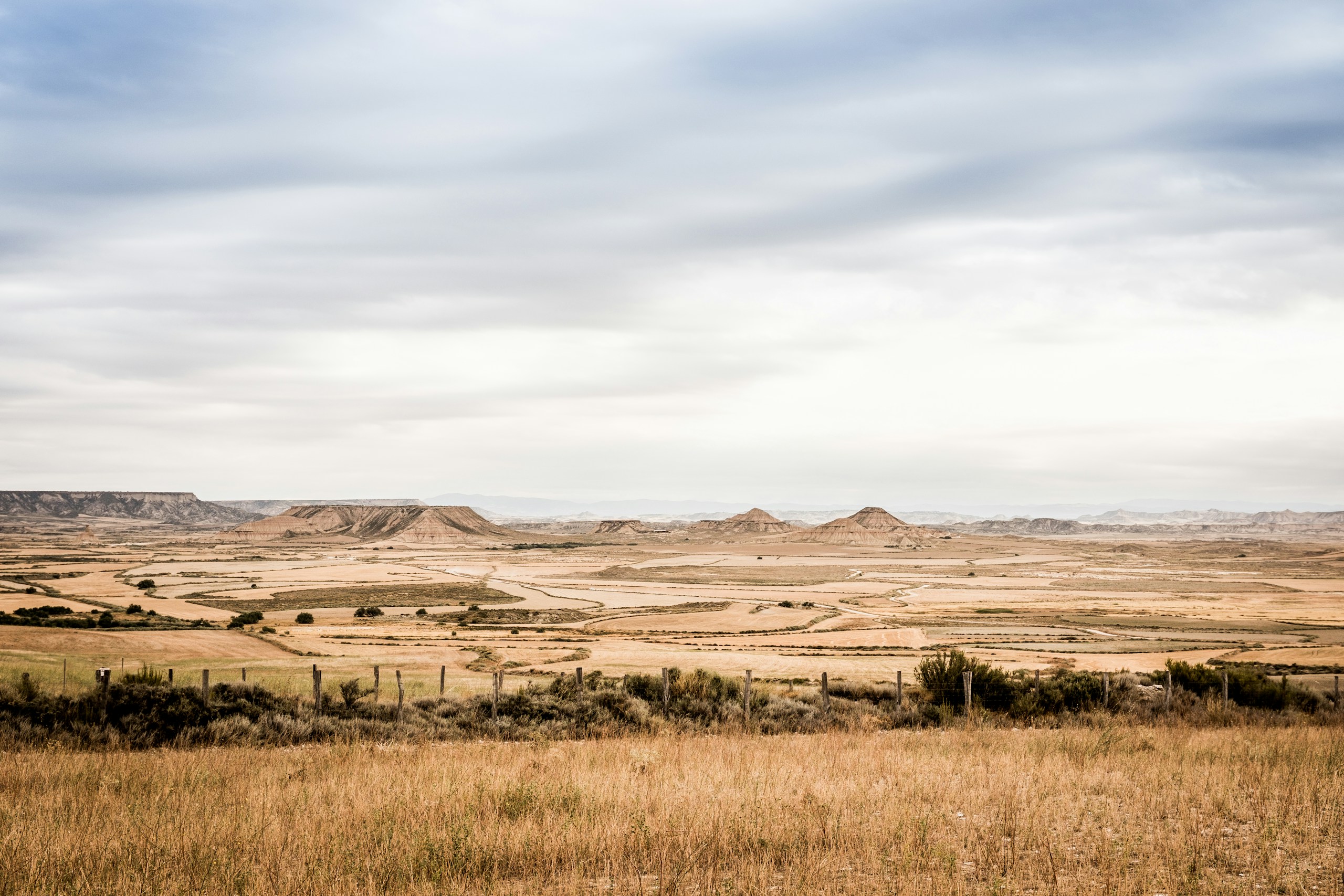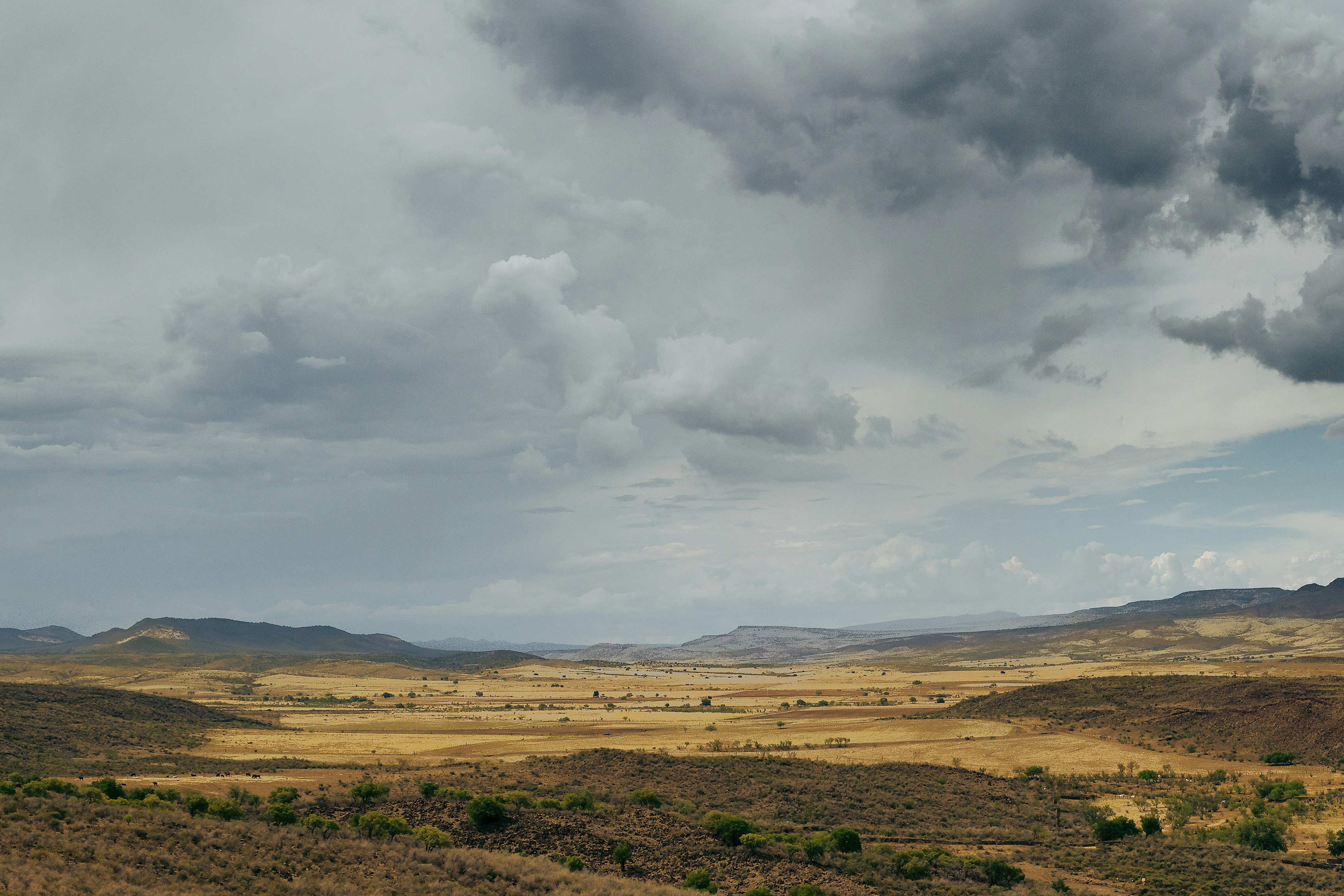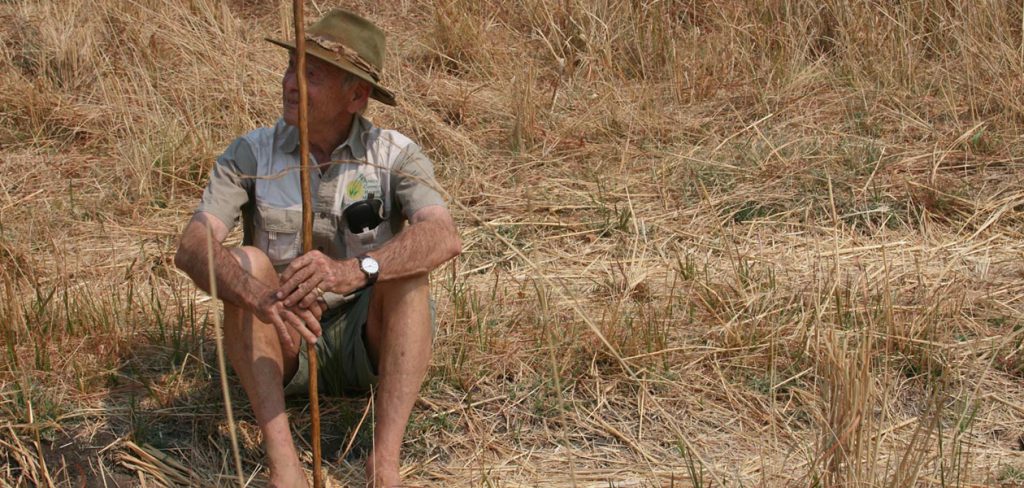Managing Holistically
The big picture contains many small pieces.
Holistic means understanding that in nature, all the parts of anything and everything are interconnected, and understandable only in terms of the whole.
Management means the process of dealing with or controlling things or people.
At Pitchstone Waters Ranch, we look at the big picture and manage the resources in our care holistically.
In the 1960s, a Rhodesian soldier, parliamentarian, rancher, wildlife biologist, and range scientist named Allan Savory added his observations and experience to previously proven science, combining these into a simple yet radical understanding of nature. Savory's insight was that all of nature, not just predator and prey, is intertwined. Because any change in plants, animals, water, soil or sunlight reverberates throughout the entire ecosystem, decisions must be made with an awareness of all consequences, both intended and unintended.
Proceeding from this viewpoint, early in his work in Africa Savory concluded that the spread of deserts, the loss of wildlife, and the resulting human impoverishment were related to the reduced size and number of large grazing animal herds, and, even more importantly, the changed behavior of the few remaining herds. Applying these insights as a rancher and wildlife biologist, Savory determined that livestock could be substituted for natural herds to provide important benefits to plants, animals and soil life.
Well-managed grazing allows us to improve the four basic parts of an ecosystem: the water cycle, the mineral cycle (including reducing carbon in the atmosphere by storing it back in the soil), the flow of the sun’s energy which powers all life, and the relationship between all living things of whatever size or type. By managing holistically, we can use livestock production to achieve economic and environmental benefits to people, domestic and wild animals, and their habitat. These include cleaner water, cleaner air and wildfire suppression.
Our grazing methods, which we have adapted to our own operation and landscape, are based on four key principles identified by Savory:
- Nature functions as a holistic community in which people, animals, plants and the land are mutually dependent. If you remove or change the behavior of any keystone species like the large grazing herds, you have an unexpected and wide-ranging negative impact on other parts of the environment.
- It is crucial that any agricultural planning system must be flexible enough to adapt to nature’s complexity because all environments are different and have constantly changing local conditions.
- Animal husbandry using domestic species can be used as a substitute for lost keystone species. Thus when managed properly in a way that mimics nature, agriculture can heal the land and even benefit wildlife, while at the same time benefiting people.
- Time and timing is the most important factor when planning land use. Not only is it crucial to understand how long to use the land for agriculture and how long to rest, it is equally important to understand exactly when and where the land is ready for that use and rest.
By managing holistically for more than two decades at Circle Ranch in far West Texas, we’ve been able to increase water infiltration and moisture retention in the soil; increase organic matter in the soil; use the sun’s energy instead of chemical inputs to increase plant productivity; and increase ground cover and heal erosion.
We are convinced that continuing to use these principles as we holistically manage our land, forest, livestock, wildlife and fishery will yield equally positive results in the grasslands and forests of the Rocky Mountain West.
